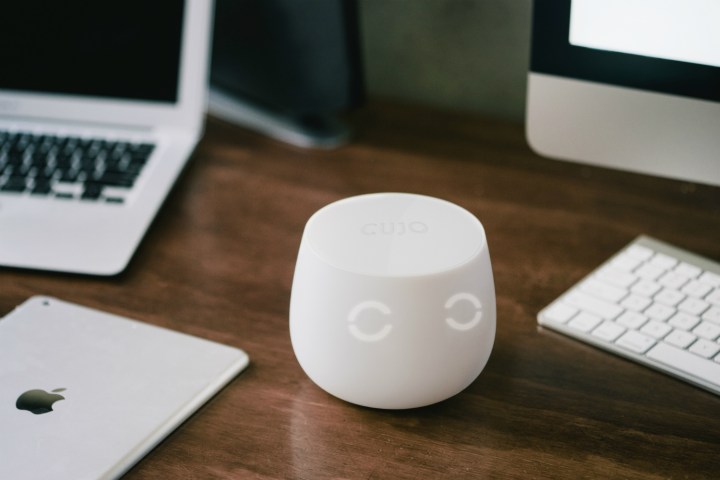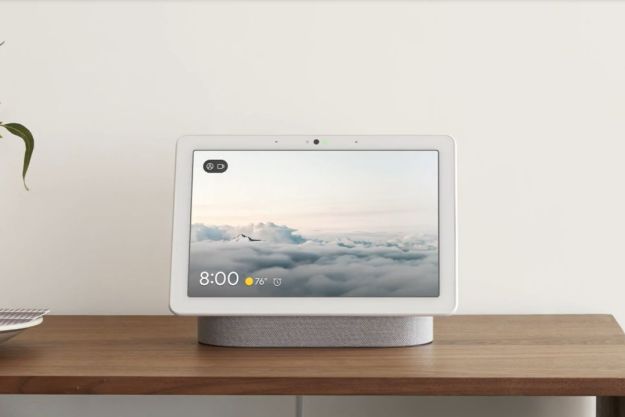
The video for the device’s Indiegogo campaign is a bit like a horror movie. “If you own a smartphone, baby monitor, or even a thermostat, you are an easy target for cybercriminals,” warns the voiceover as ominous music plays in the background. The concerns Cujo raises are valid. Last year, an HP study revealed every Internet-connected home security system the researchers tested had encryption issues, a lack of lockout features, no requirements for strong passwords, or a mix of all three.
Cujo helps by monitoring all your connected devices through your router and looking for anomalies. It protects against hackers, viruses, malware, and dangerous sites with firewalls and antivirus protection, according to the company. Instead of relying on known libraries of known malware, the device uses machine learning to analyze when something seems amiss. When it finds someone or something attacking a device, Cujo blocks it. (Maybe the device was actually dubbed Cujo after the nickname for former NHL goalie Curtis Joseph?)

Cujo is making a lot of big promises, and if it actually delivers, the device could definitely help take a bite out of cybercrime.
Editors' Recommendations
- SimpliSafe is now using AI to prevent burglars from entering your home
- Home Depot’s Hubspace is a great way to start building your smart home
- Echo Hub vs. Echo Show 15: Which is the best smart home gadget?
- How to prevent your Ring smart camera from being hacked
- Echo Show 8 vs. Echo Show 10: is the bigger device a better smart display?


